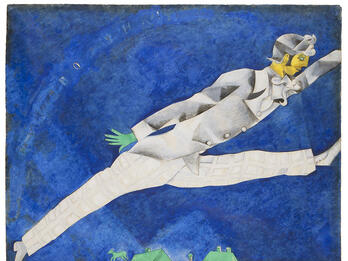Under Her Father's Eyes
Abel Pann
1916
Sensitive Content
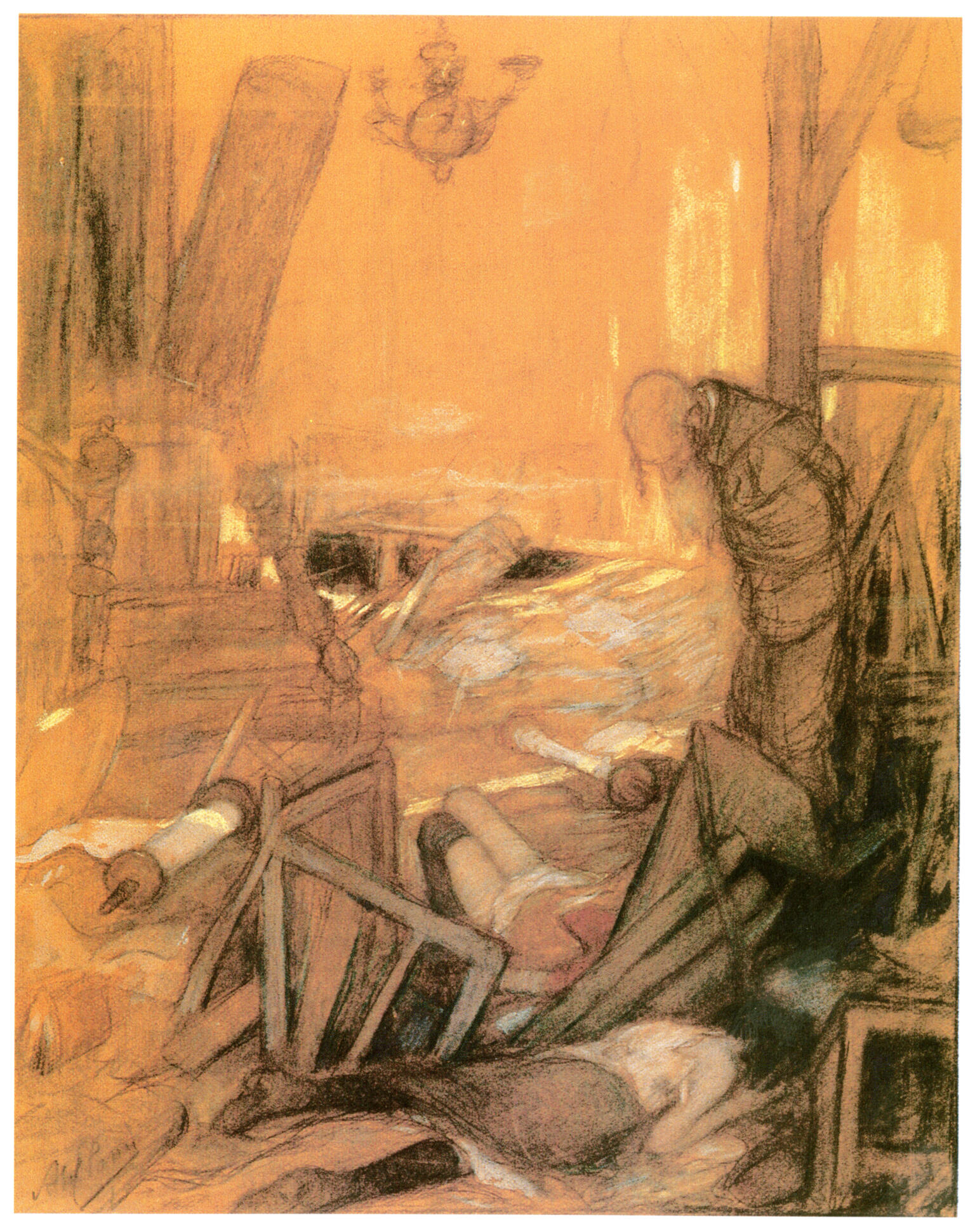
Places:
Creator Bio
Abel Pann
Born Abba Pfeffermann in what is now Latvia, Pann found his way to art while working as an apprentice sign-painter. Having received some training in Yehudah Pen’s Vitebsk academy, Pann studied at the Odessa School of Art from 1898. His first important artwork was produced in reaction to the shocking riot of murder, rape, and cruelty directed against the Russian-Jewish community of Kishinev. Moving to Paris in 1903 to attend the Académie Julian, he worked as an illustrator for French newspapers for nearly a decade, focusing on modern Parisian life. In 1912, Pann left Paris for Jerusalem at the invitation of Boris Schatz, the founder and director of the Bezalel School of Arts and Crafts, where Pann took a teaching position. Stuck in Europe for the duration of the First World War, Pann responded to the mass violence against East European Jewry at the hands of contending armies and pogromists with a series of searing works. Returning to Palestine, Pann opened Jerusalem’s first lithography workshop in 1921. In the decades that followed, he became well-known for a voluminous series of lithographs and pastels on biblical themes in an Art-Nouveau or Orientalist vein, particularly eroticized scenes of biblical women characters; his models were often adolescents, and indeed young adolescents, drawn from Palestine's Yemenite Jewish and Bedouin communities. Late in life, following the death of his son in Israel's War of Independence, he turned to Holocaust themes in his painting.
You may also like
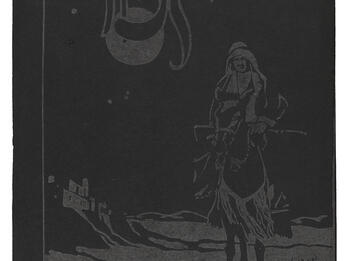
Yizkor (cover)
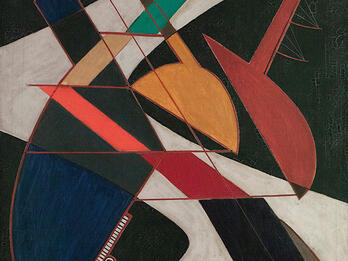
Symphony Orchestra
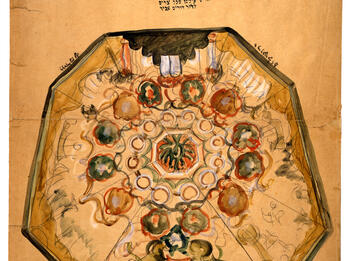
Drawing Based on the Ceiling of the Mohilev Synagogue
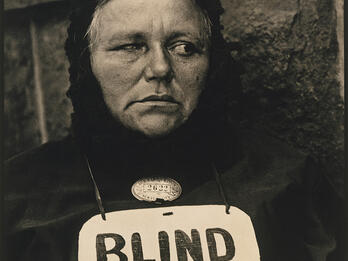
Blind Woman

White Fence
